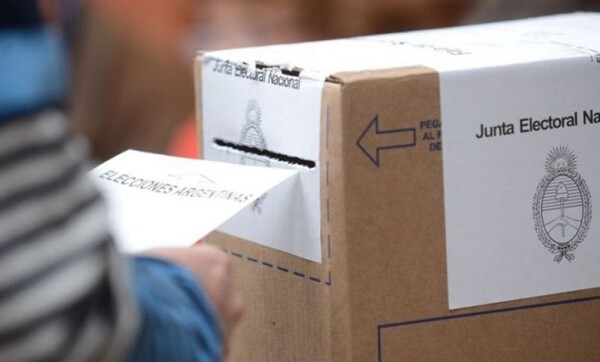
The rise in rental prices in Argentina continues to affect the real estate market in the country. In the logistics sector, investors are expected to focus on the San Eduardo Triangle, north of Greater Buenos Aires, with particular attention to the "last mile" around the city of Buenos Aires, according to CBRE.
In the class A office segment, submarkets such as Catalinas and the north of Greater Buenos Aires stand out, covering the Panamericana and Libertador corridors. Return rates in Argentina are affected by the gap between the official BNA exchange rate and the MEP exchange rate. Argentine entrepreneurs plan to maintain or increase their investments in corporate real estate this year, with the continuity of the economic model and the midterm elections being key factors.
According to surveys, there are fears of recession and the need for new fiscal policies. Despite macroeconomic uncertainties, the majority of Argentine developers see the real estate market as a good investment, driven by improvements in profitability and occupancy rates.
The survey highlights that 56% of Argentine investors are looking for short-term properties with high returns, while the remaining 44% prefer to invest long-term in consolidated rental assets, such as class A offices and logistics properties. Additionally, 58% of surveyed investors believe that investment will primarily be directed towards industrial and logistics properties.
The Industrial & Logistics market reached record low vacancy rates in 2024. Expectations of economic improvements and political stability lead companies to maintain or increase their investments in real estate. Argentina is positioned as the second country with the highest intention of real estate investments in 2025 in the region, according to the CBRE survey.
A 5% growth in the Argentine economy is expected this year according to the IMF, positioning the country once again as an attractive investment destination. The normalization of the macroeconomy is considered essential to attract investors, although more measures are needed, such as eliminating currency controls and clarifying the country's monetary policy.














